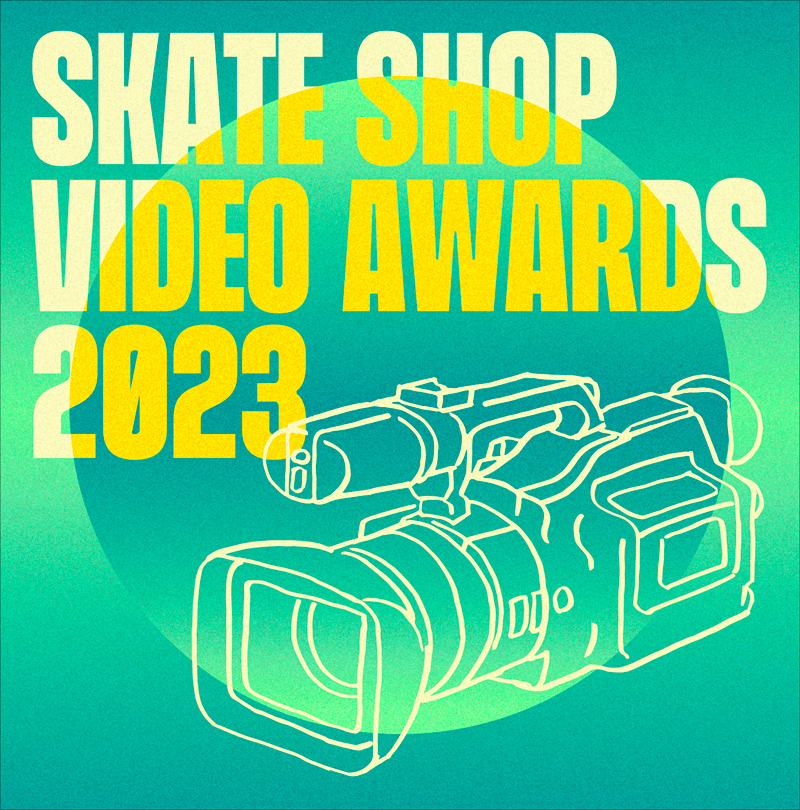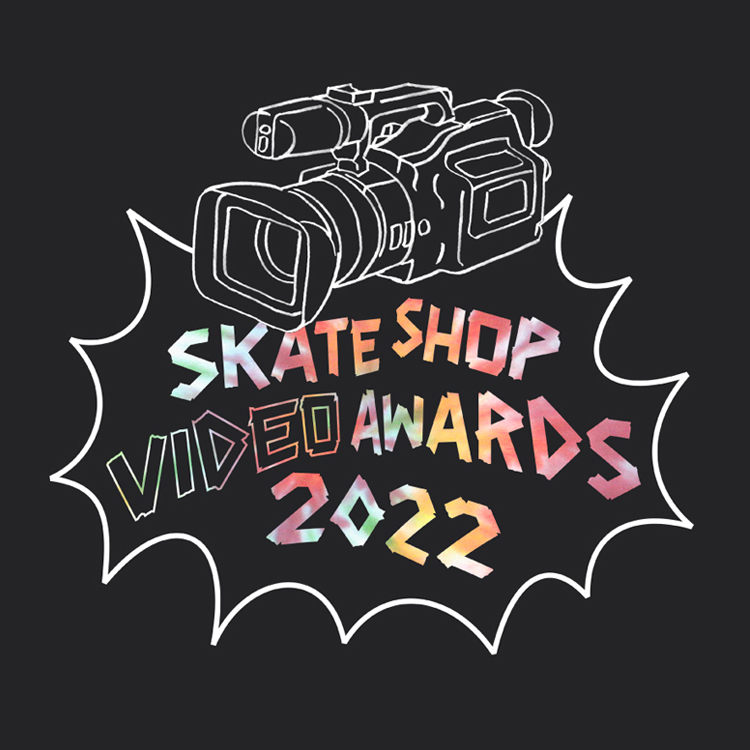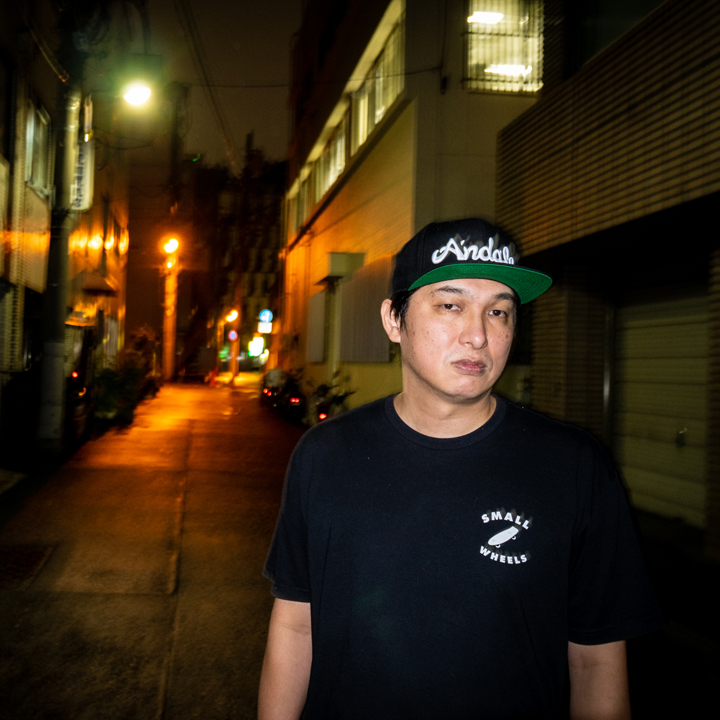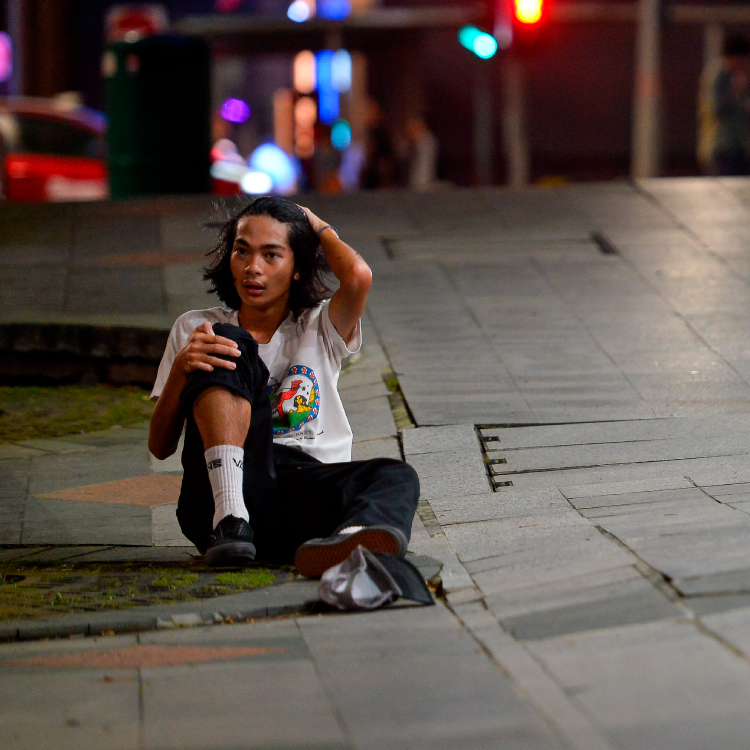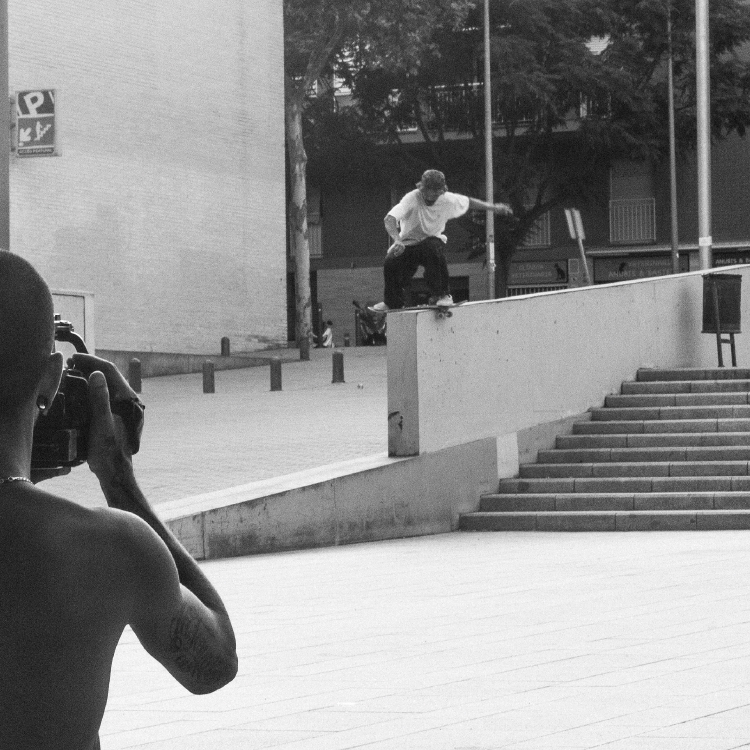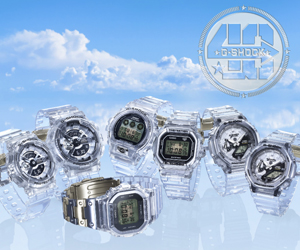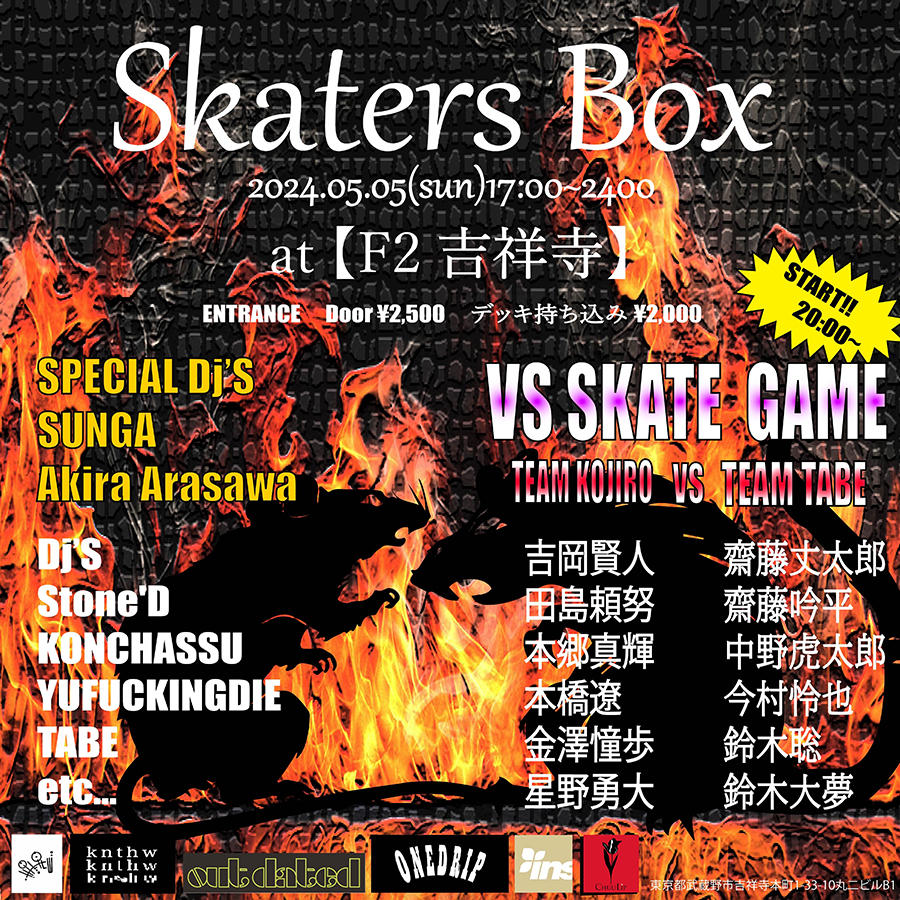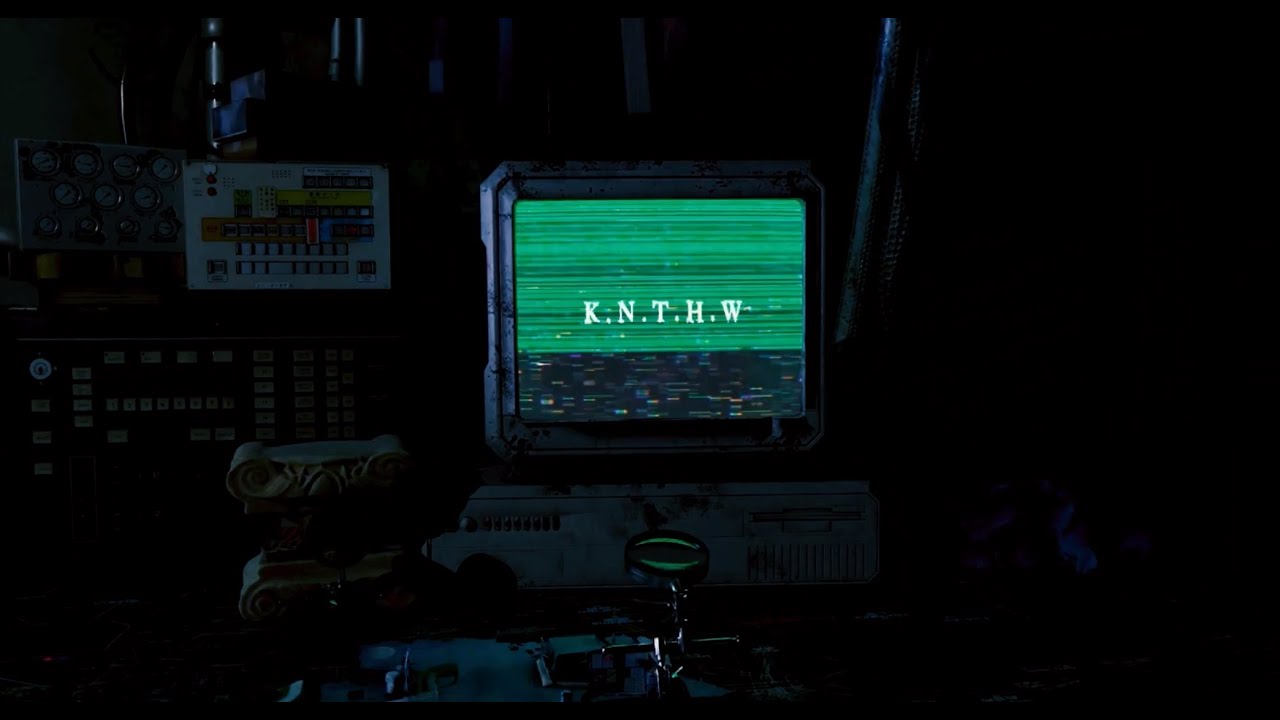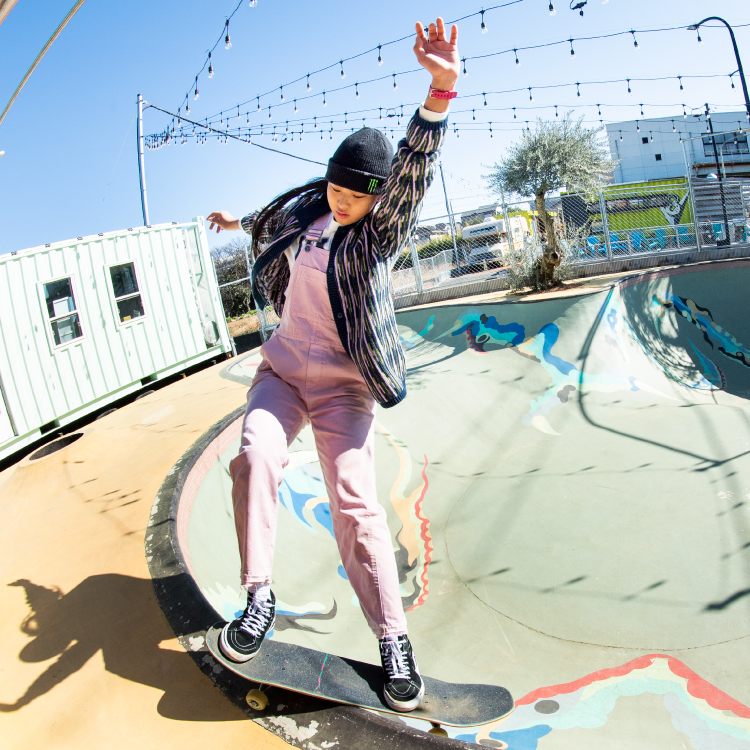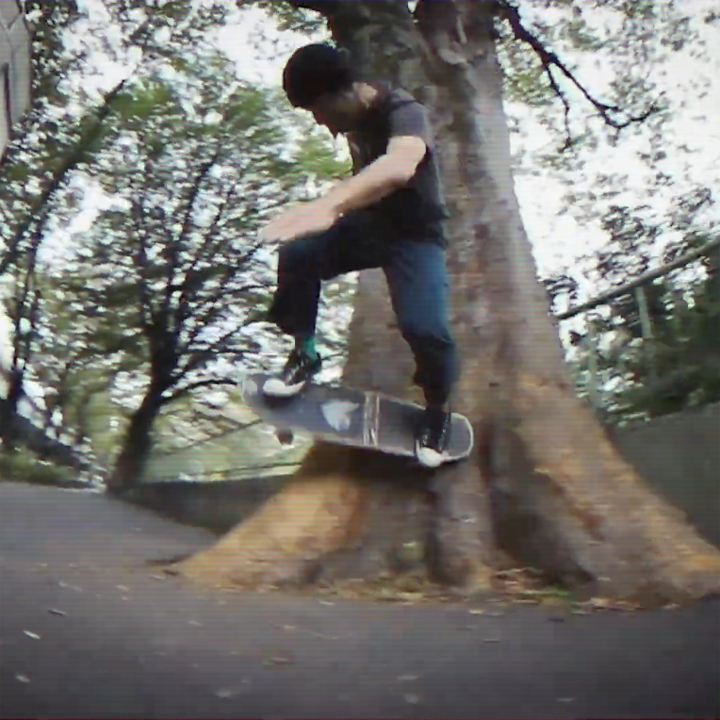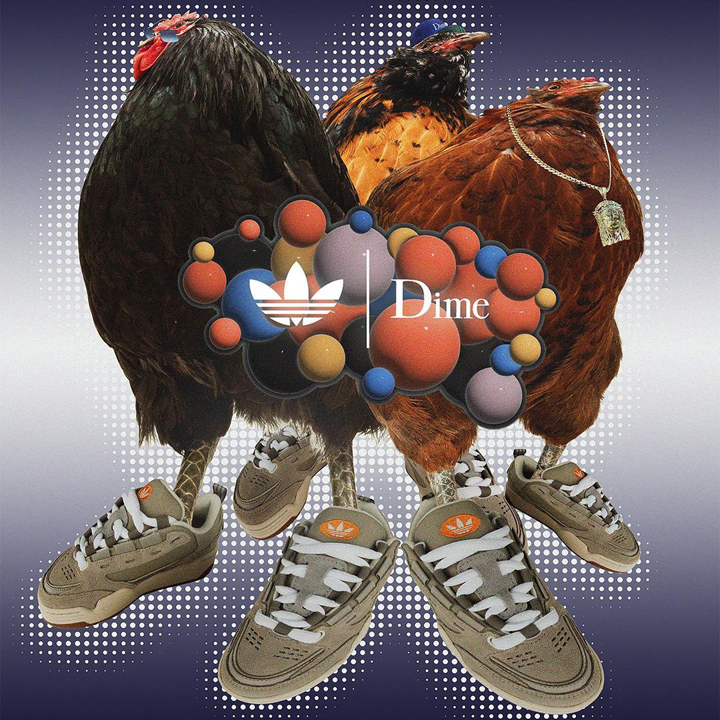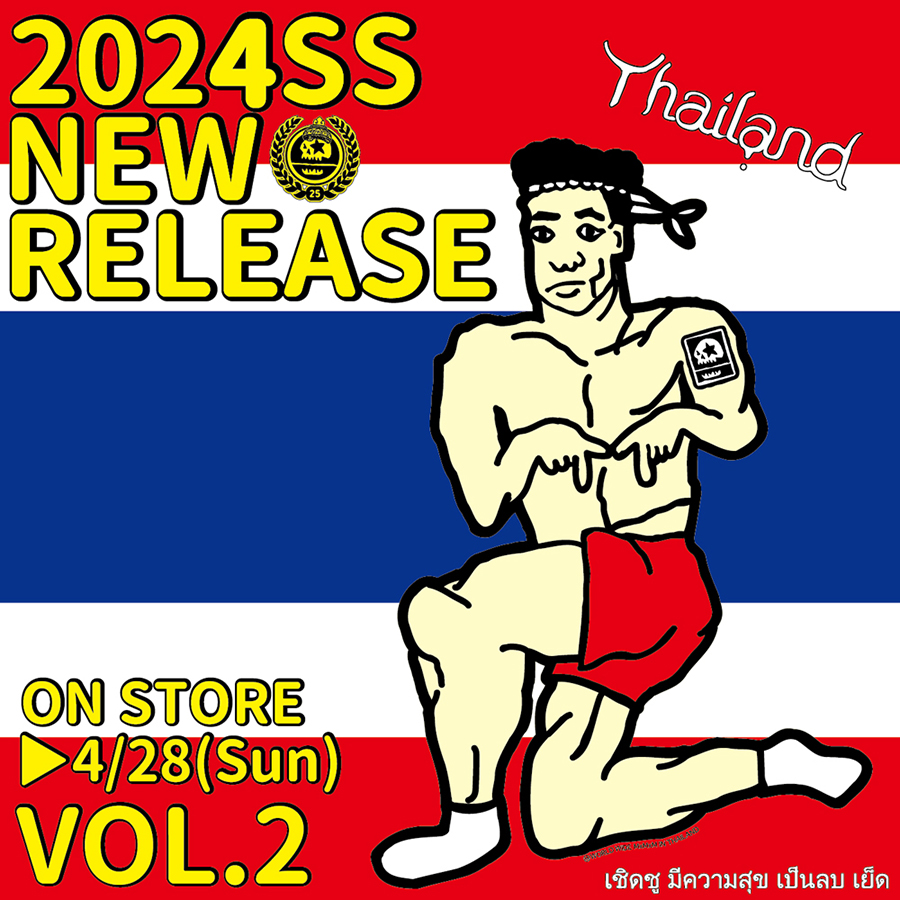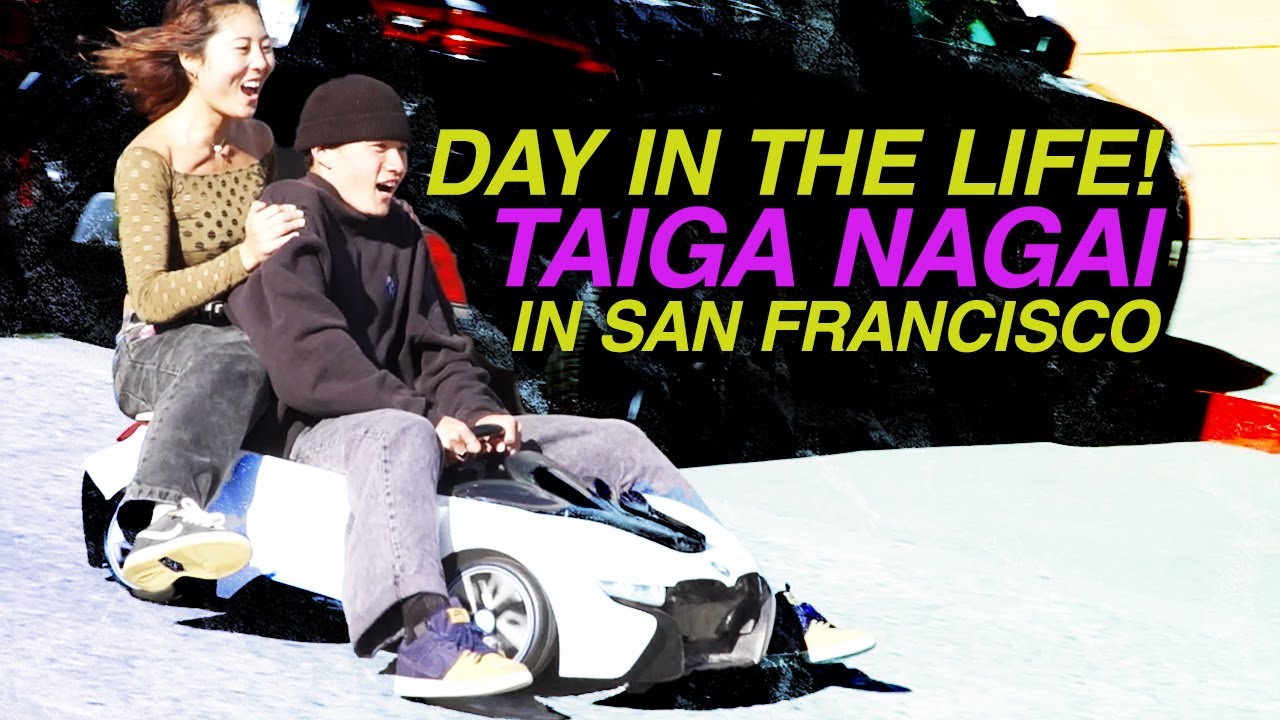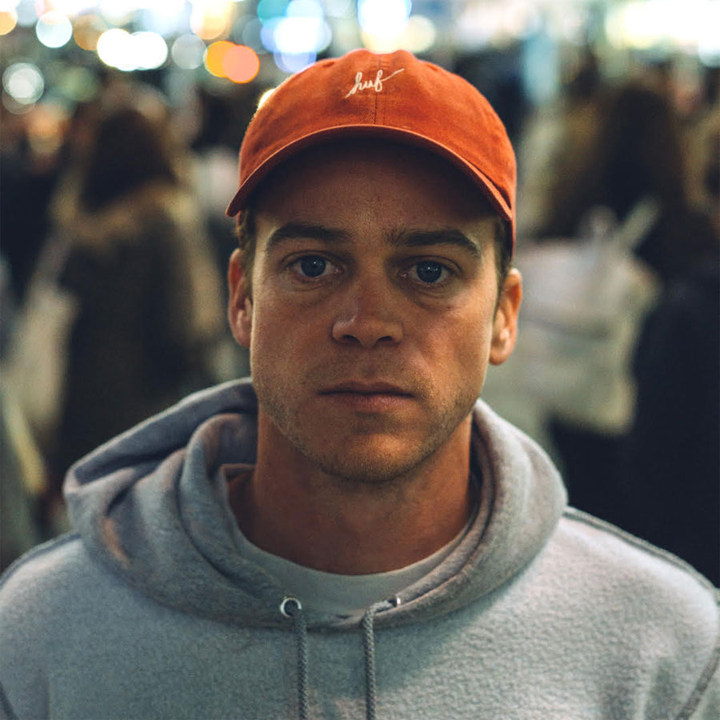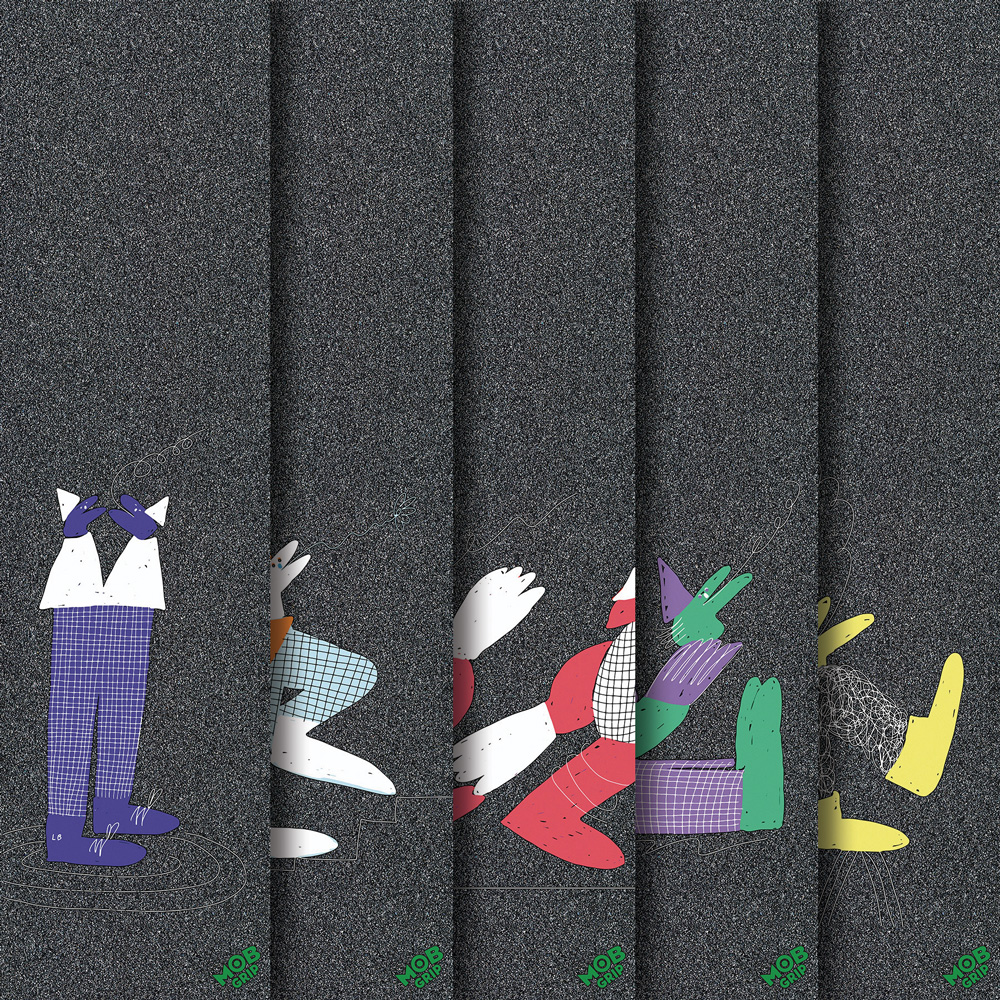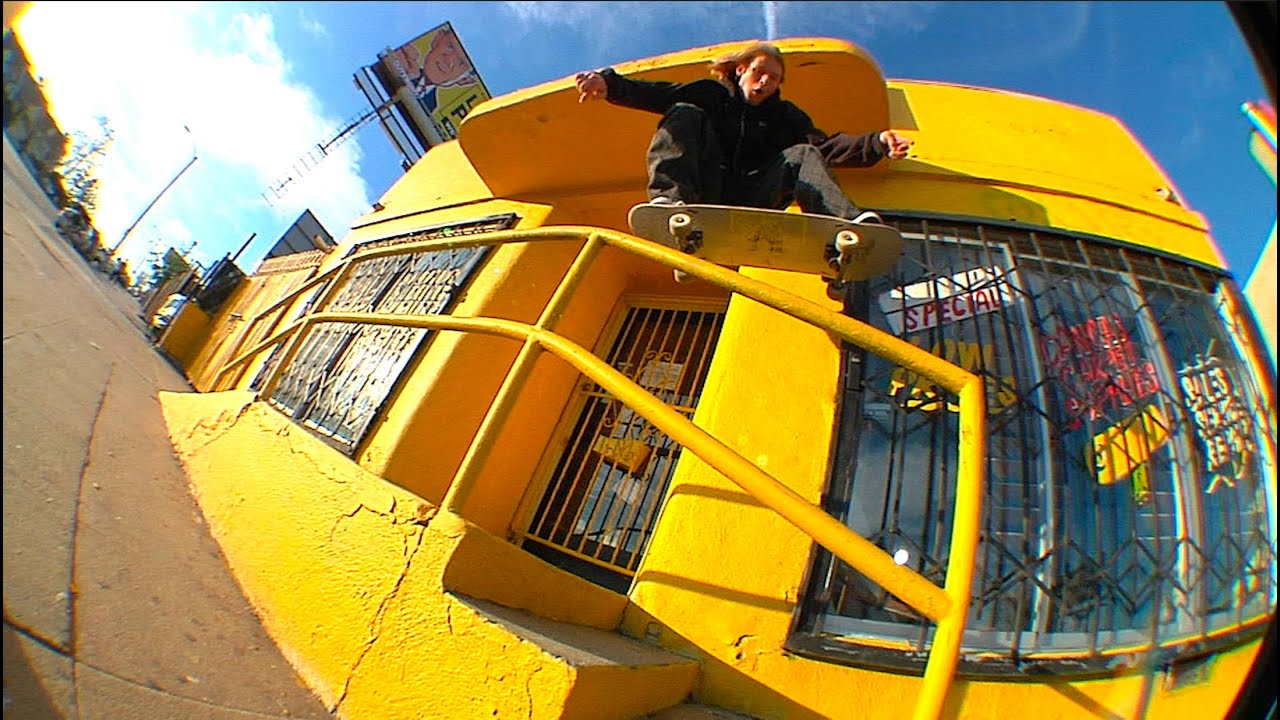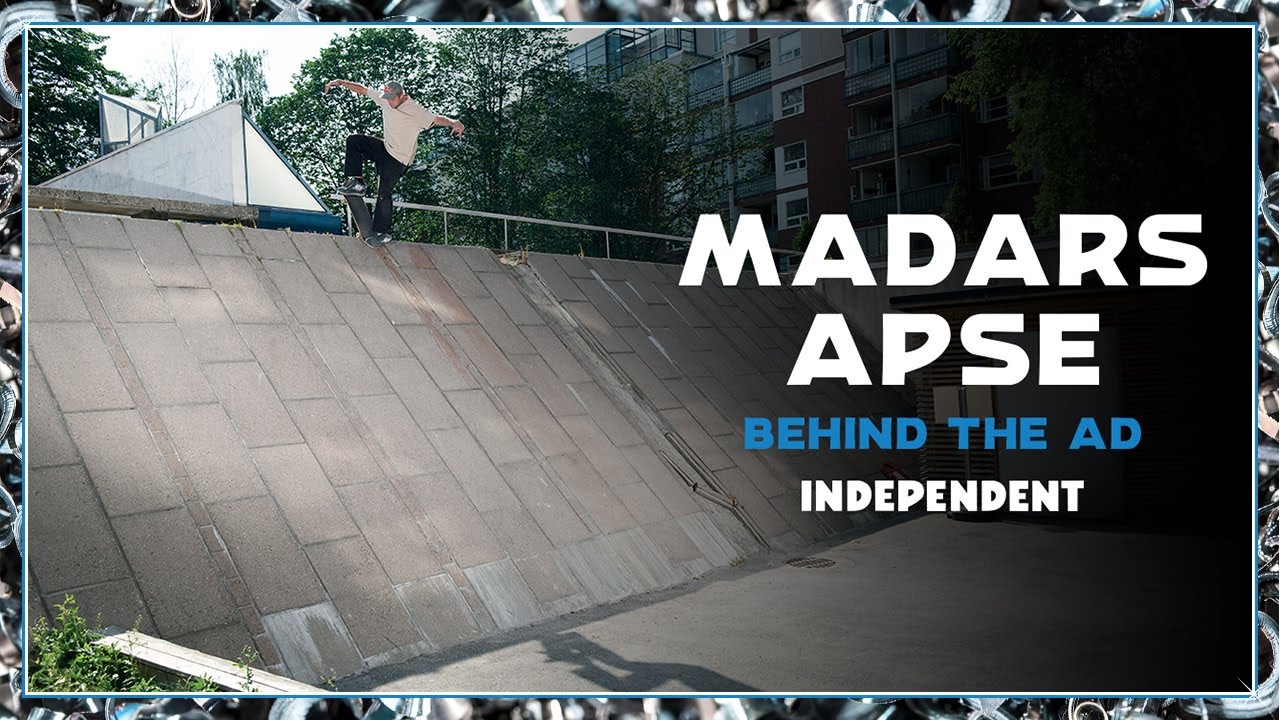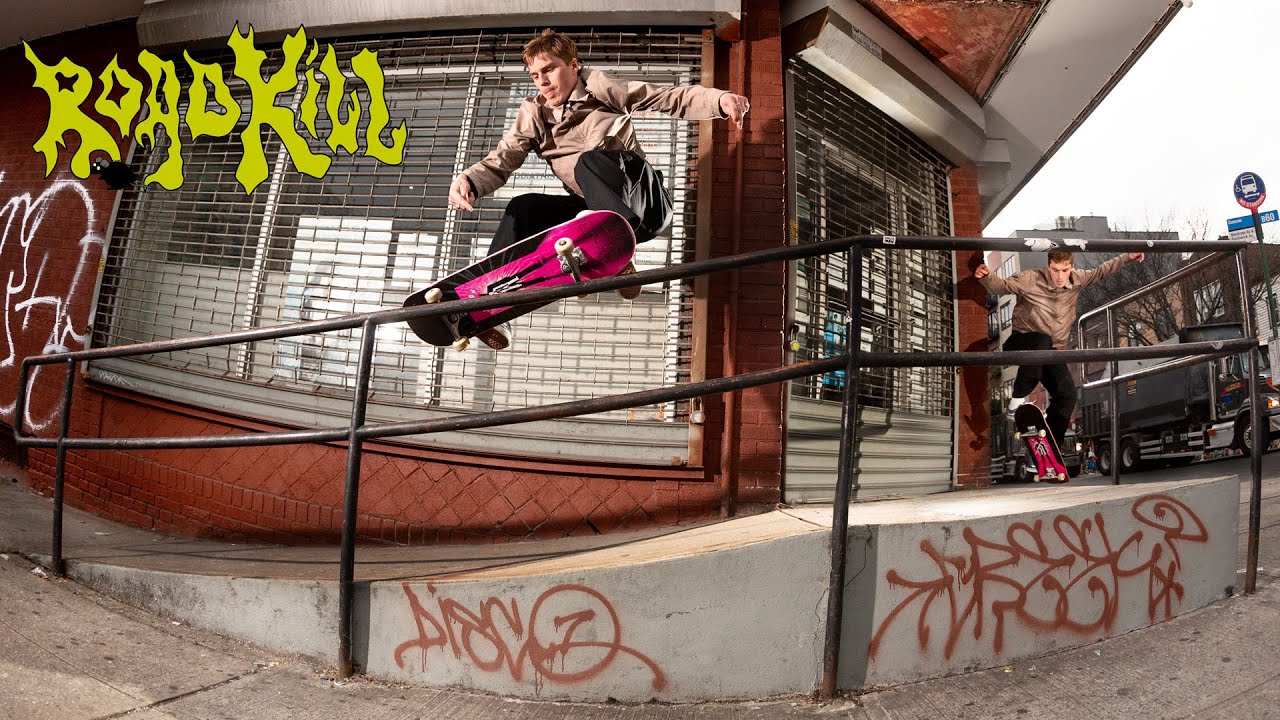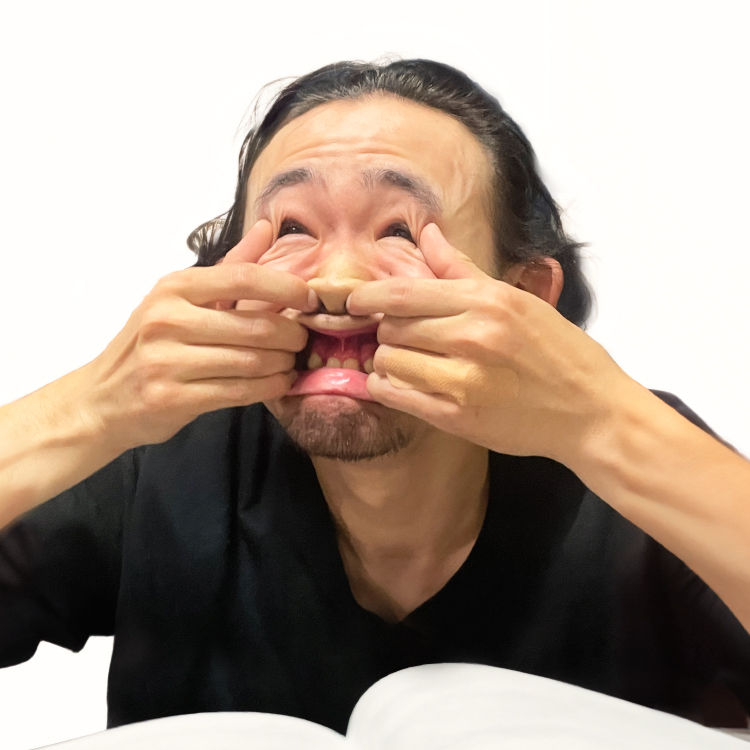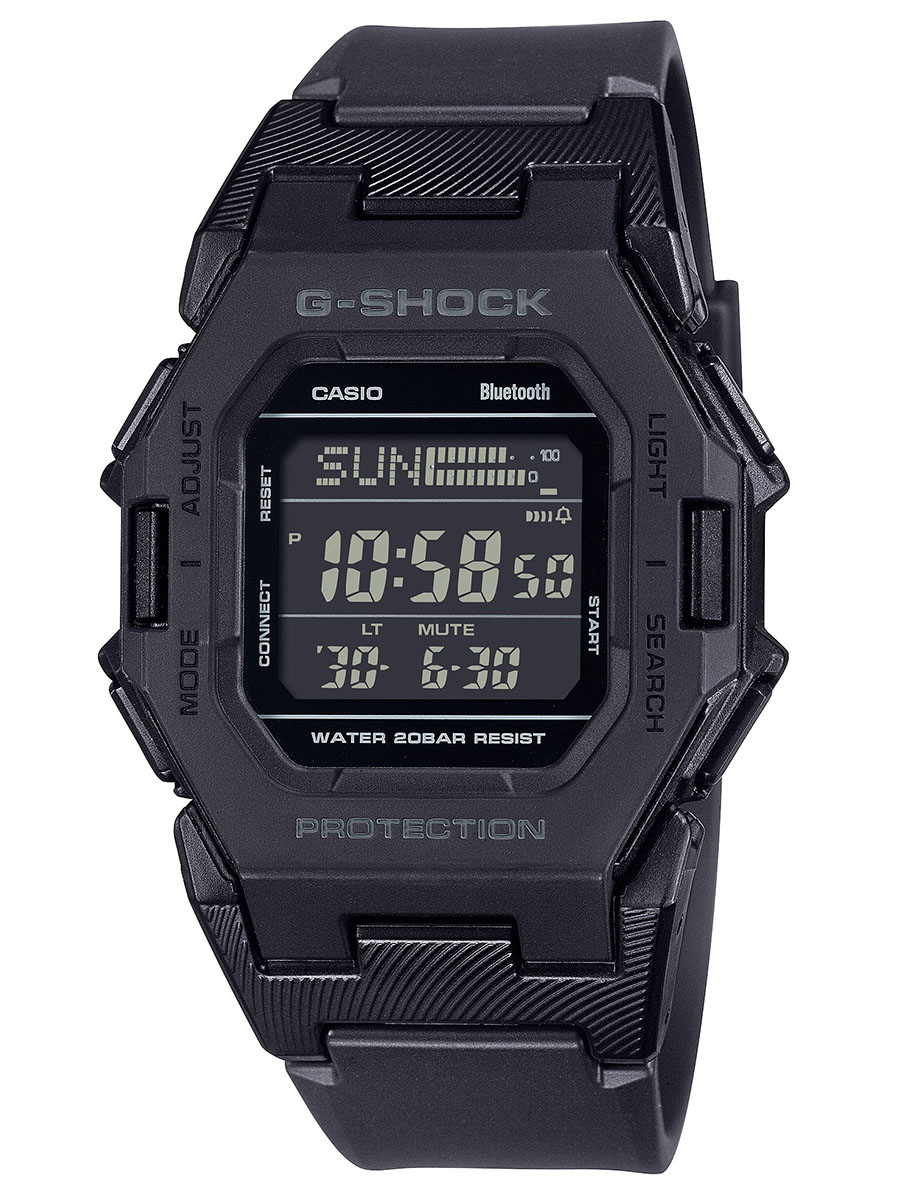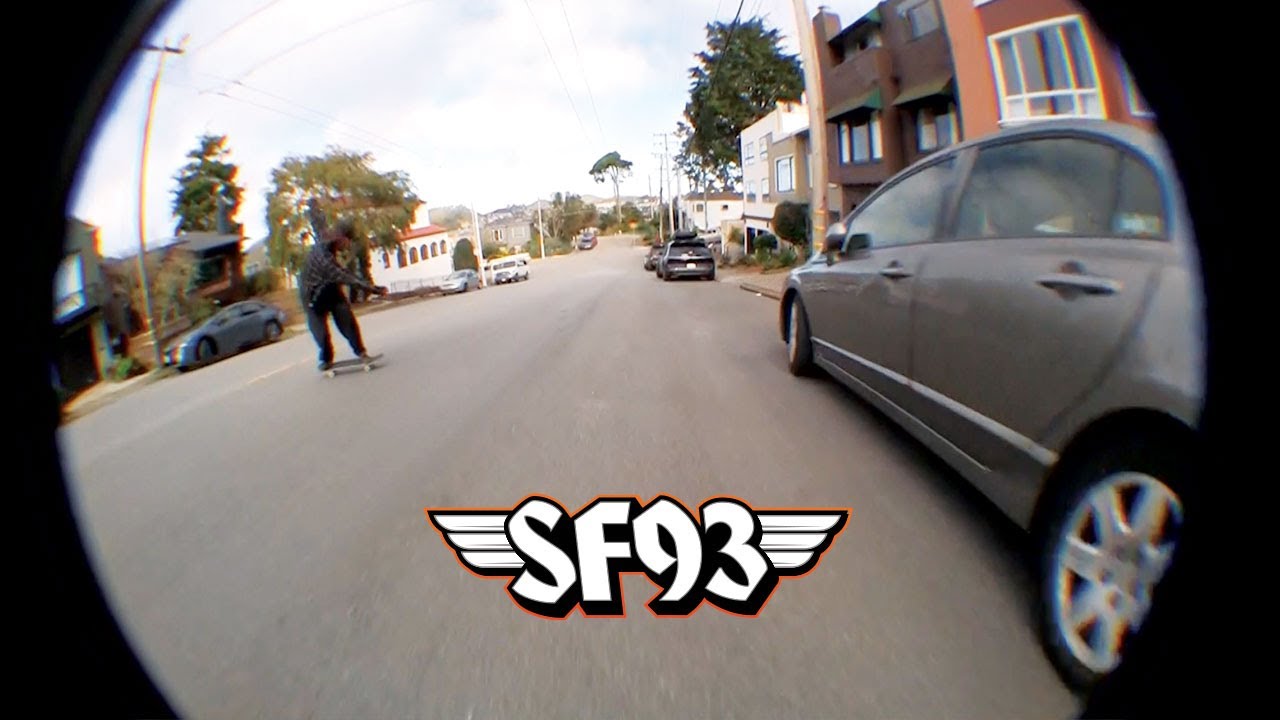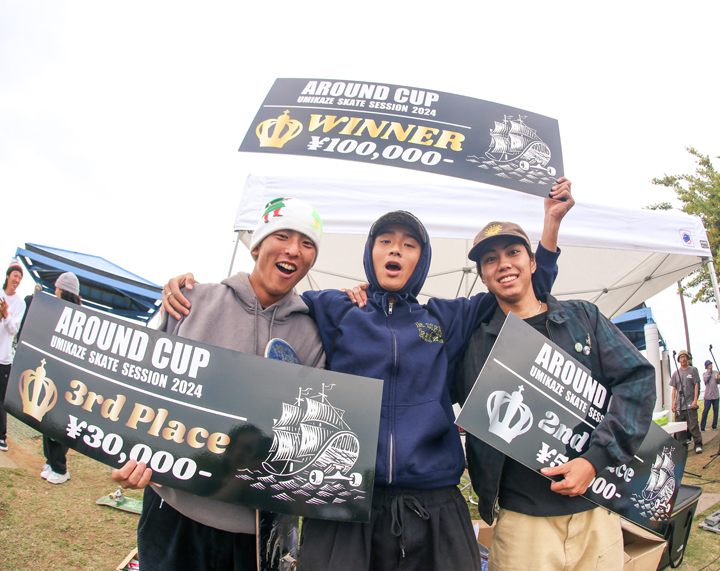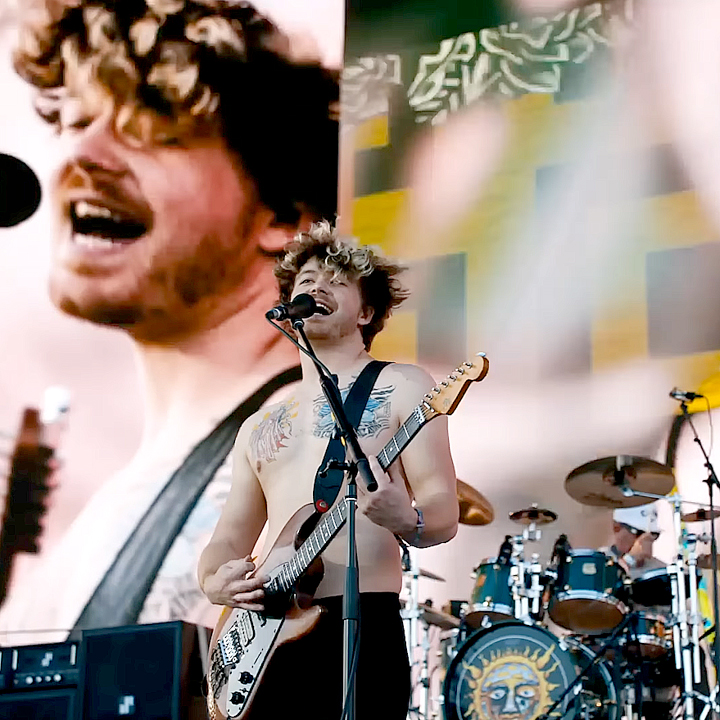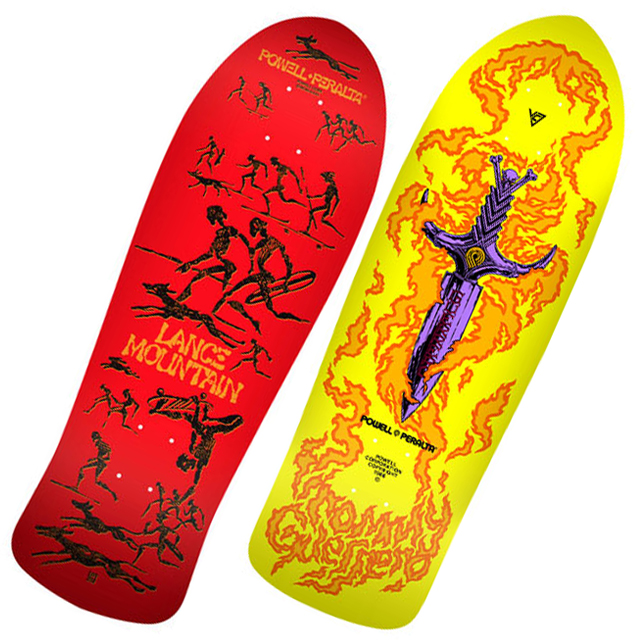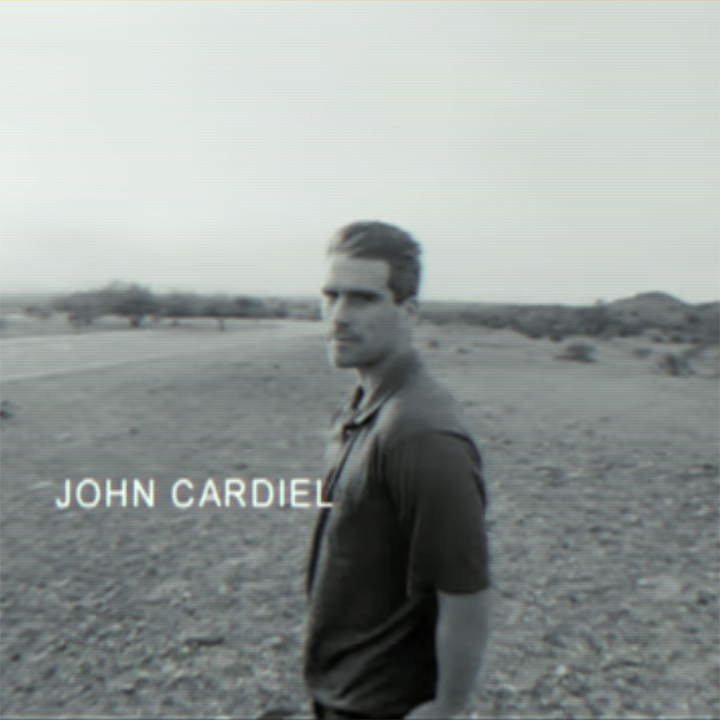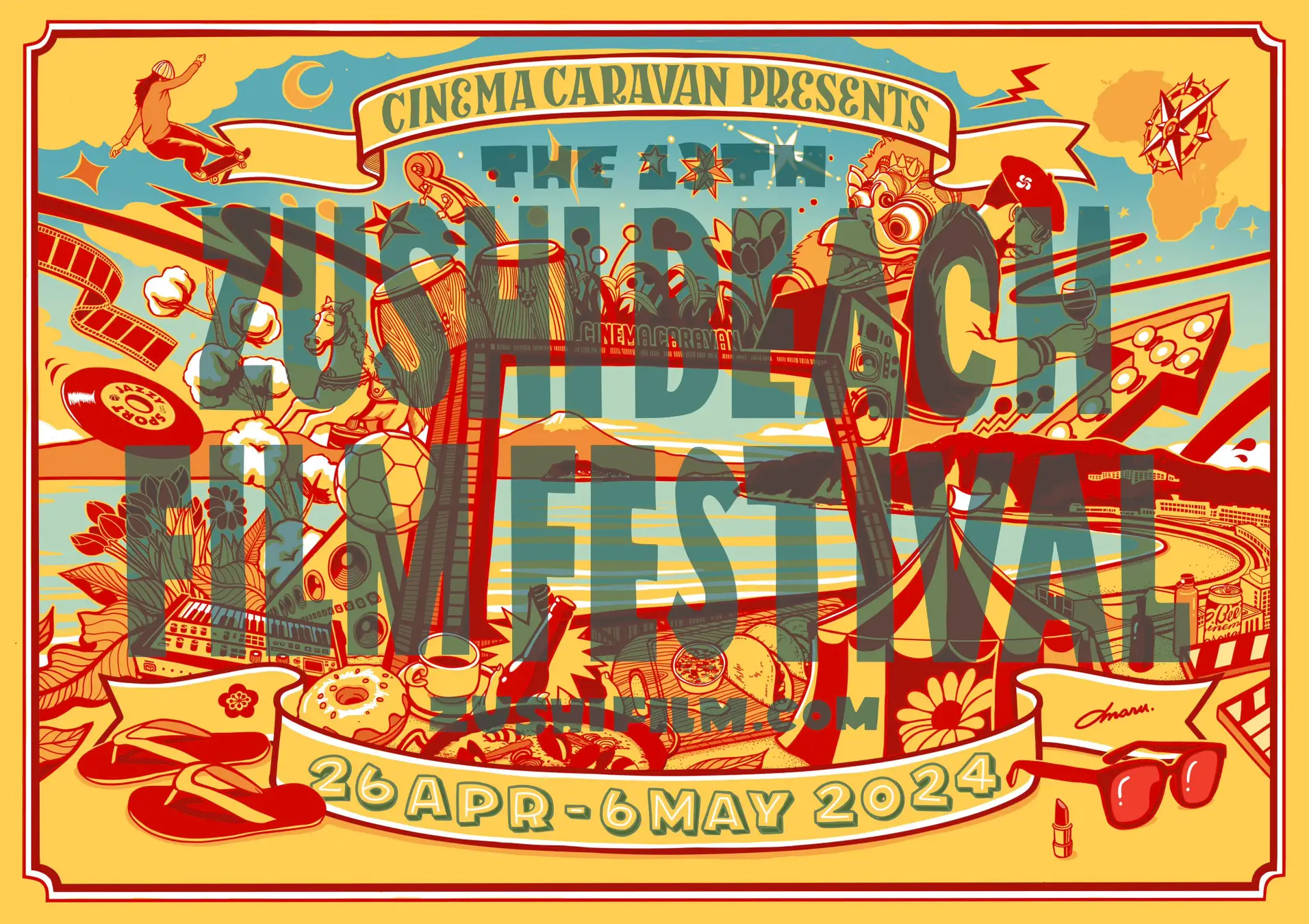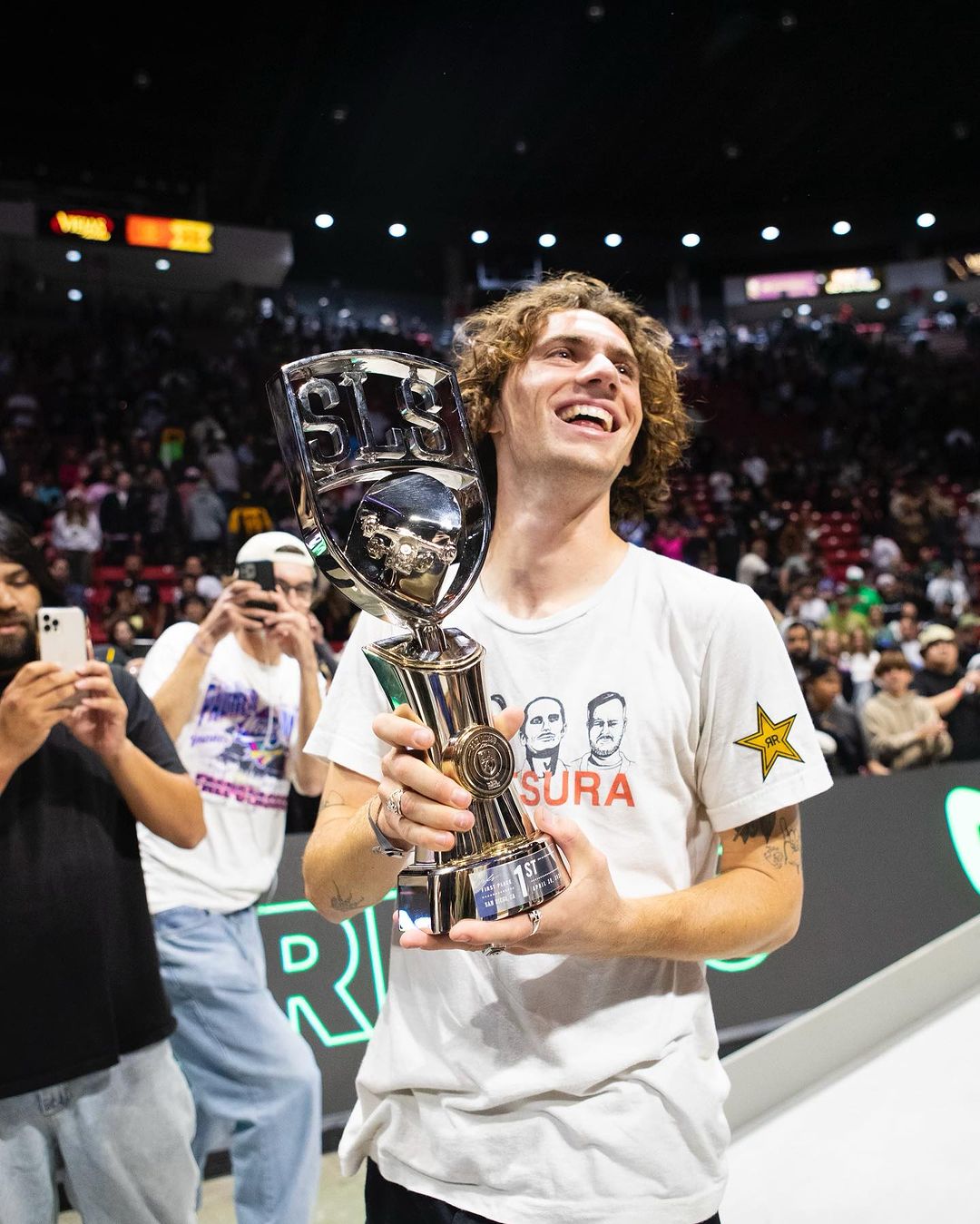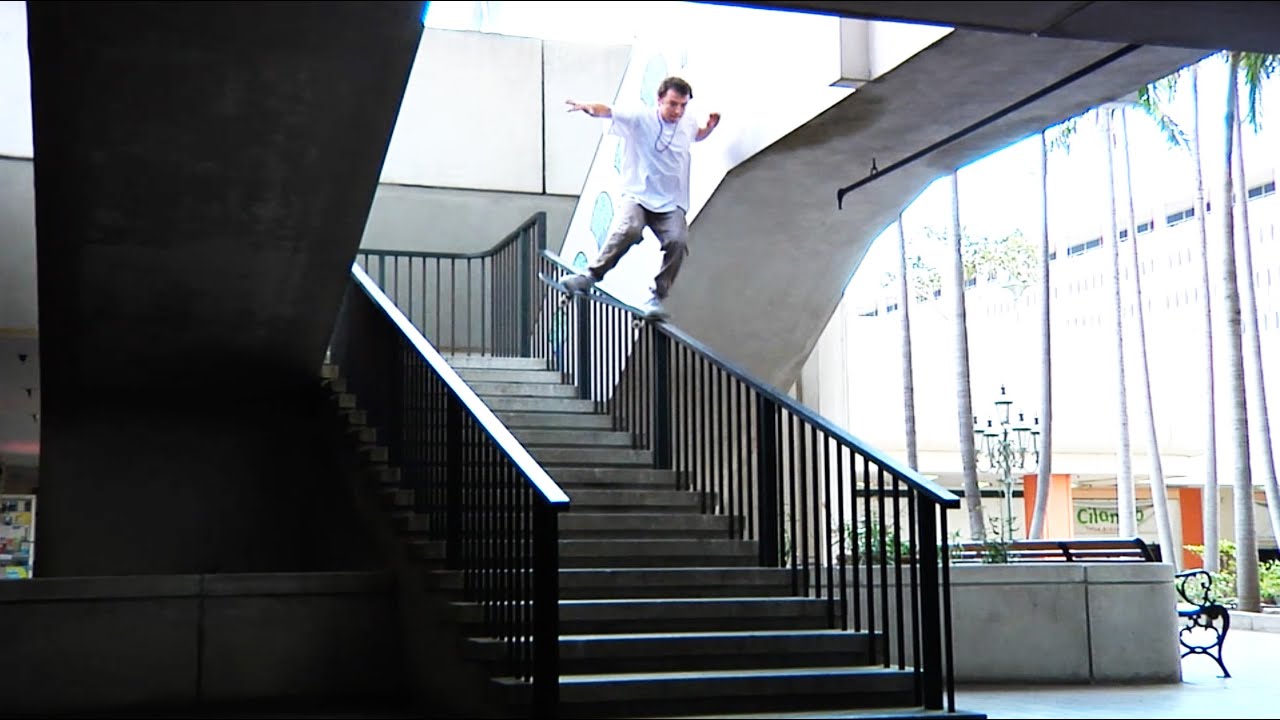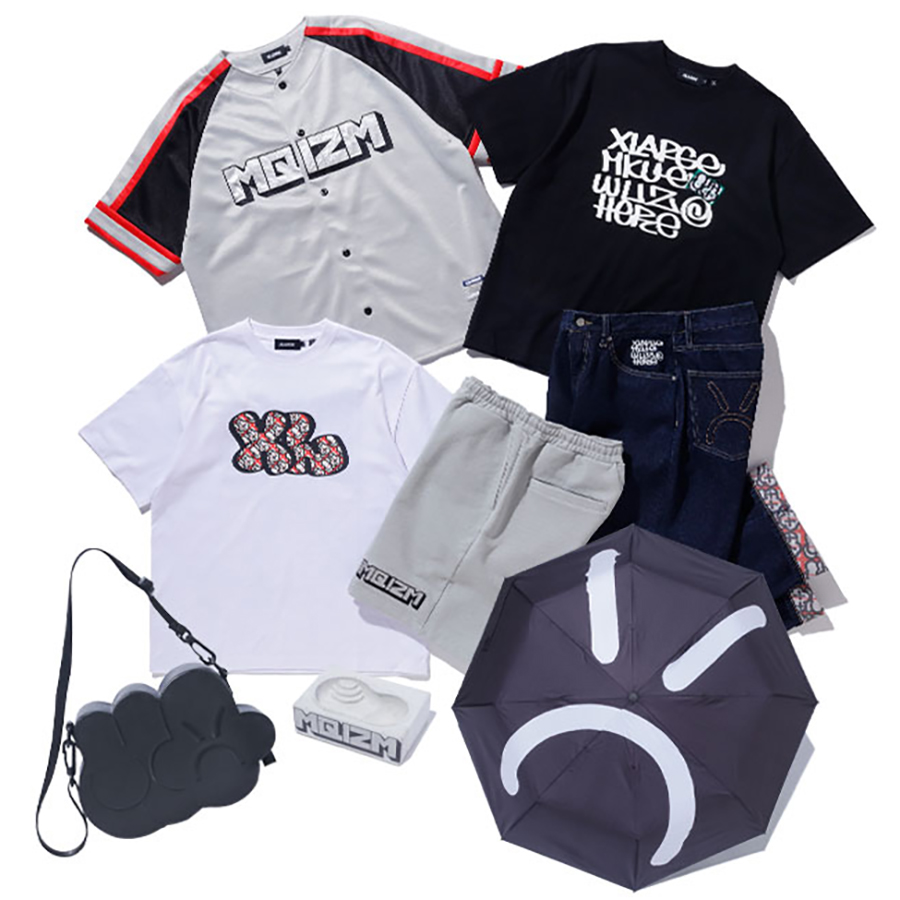T19's first pro and one of the most important skaters with deep knowledge in various cultures that surround skating. A pioneer who led the Japanese skate scene in the early '90s and left a mark on overseas contests. The history of skating in Japan wouldn't be complete without him.
──AKIRA OZAWA (ENGLISH)
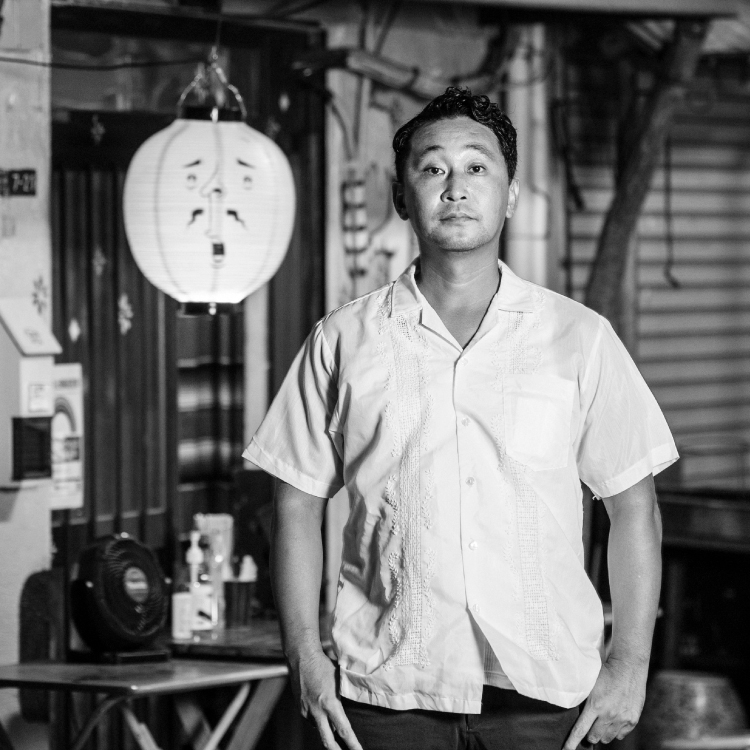
[ JAPANESE / ENGLISH ]
Photo_Iseki
Archive photos courtesy of Akira Ozawa
VHSMAG (V): Let's start from when you started skating. Was it in the mid-80's?
Akira Ozawa (A): I was in the 7th grade, so yeah. Skating and surfing were popular back then. I stole a deck from a housing complex and started skating. I rode it together with my buddies and did slaloms. I tried to ollie over a can... I think I was at least doing a boneless.
V: Was surfing a big influence on you at that time?
A: No, I've only surfed a couple of times. Skating was just super popular back then, and everyone was wiggling (laughs).
V: What was the scene like?
A: I was living in Adachi and Ueno was the closest town, so I'd spend all morning and evening in Ueno Park. There was a skateshop called Max Motion and Murasaki, and the teams were rivals. For example, Saluda skated for the enemy Max Motion and I skated for Murasaki. We were both skating at Ueno Park and he'd act like a dick. He'd pull a trick and leave without saying a word. I was like, "That dude's a dick. I'm gonna kick his ass (laughs)." Then we gradually became friends, and Yoppi started coming from Harajuku.
V: Is the spot in Ueno Park the one with the brick transition?
A: Yeah, the museum. We were there all the time. It's in Waka-san's video.
V: Daikon, Yoppi, Saluda are in the video.
A: Jesse and Jeff Dunn were there. My skate master, Dickman, was also there. Dickman was crazy at that time. He was insane. Niyan and Dickman were skaters from another dimension.
V: Even in the same Ueno Park, there were two cliques at that time, Max Motion and Murasaki.
A: Roughly in Tokyo, there were Max Motion, Murasaki and Stormy.
V: I've heard that Harajuku and Ueno were kind of like enemies at that time.
A: We didn't like Stormy at the time. But we were just saying that because we were kids. The main media was Takarajima, so there were a lot of photos of Harajuku. You know, like Satoshi Kawamura and Yoppi. And we were like "Ueno" and "Shitamachi" as a bonus. At the time, Yoyogi's Hoko-ten (pedestrian zone) was super popular. That was insane. We also had Hoko-ten in Ueno and we skated jump ramps.... But in Ueno, Max Motion was really strong. Akiyama brothers were there, Shine A Moon and Air Trucks were there, and Max Brigade was a dream team back then.
V: Who were on the Max Motion?
A: Back then, there was Masahiro Igarashi, Saluda, Kenny, Monma, Shimiko, Occhi, Yuji... Jesse was also on that side. And Kakkun and Hiro.
V: How about Murasaki?
A: Me and Dickman. We were pretty much their original riders. They used to make wheels and trucks, so we started out as test riders. So Murasaki was my first sponsor.
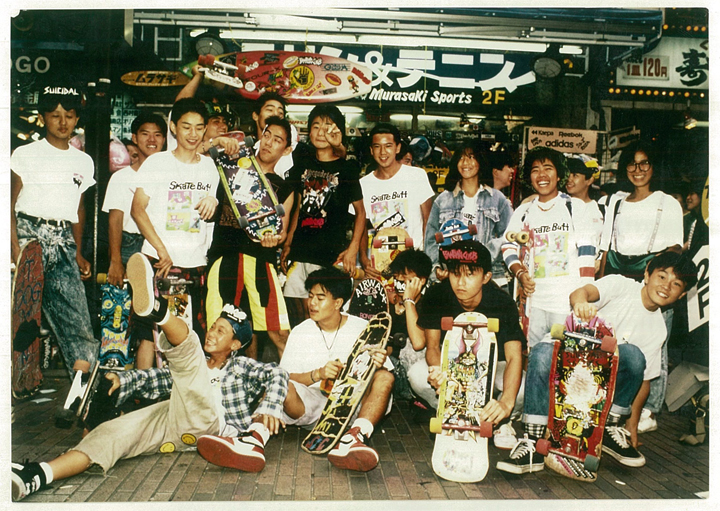
V: Was Akirat Park built after that?
A: No, it was before that. It was a DIY park made up of 100 to 200 meters of epic stolen wood and drums cans (laughs). We started with a quarterpipe and a flat bank, and it just got bigger and bigger. It was underneath the highway, so it kept expanding, but we got into fights with the local biker gangs and got destroyed or burned. There was a huge wall along the river, and the gangs wrote "Kill Akira" on it in big letters (laughs).
V: Things were sketchier back then... Who were you influenced back then?
A: Dickman, Niyan, O-san (Hiroshi Otaki), and Mino-kun. Overseas, I'd say Mark Gonzales from the 80's, when he was skating in NSA contests. I really liked his innocence of the old days.
V: You're the first rider of T19, right? But since the mid-80's, T19 has existed as a crew called TOKYO SKATES. What kind of crew were they?
A: O-san was the scariest skater in Tokyo. He looks scary, you know? Mino is big too. They were also fashionable, skated, and hung out at night spots. His buddies were also amazing. Niyan, Steve, Yamachan... and Hiroshi (Fujiwara) was there too. O-san and Mino-kun were from Murasaki in Harajuku, and I was from Murasaki in Ueno... but it didn't matter. Saluda and I hid our boards the moment we saw them in Harajuku. We pretended like we weren't skaters (laughs).
V: We don't really see that type of skaters nowadays. It's almost too peaceful.
A: I don't really like being too friendly with every skater. I think people don't have to get along with everyone. I think it's fine if you get along well, as long as there's a certain degree of tension because you can feed off of each other. It was pretty tense back then. Nowadays, everyone gets along and acts like a good boy. I'm too old to keep up with today's trends (laughs).
V: By the way, my understanding of Niyan is something of a legend. He's from the same generation as you and was one of the members of TOKYO SKATES.
A: Niyan was a year older than me, same as Dickman. But he was the only one in the older generation's crew. He also skated well in contests. He even won the Seibu contest wearing a down jacket... a bright red down jacket. It was like a joke. I'll never forget it. It was so dope. I skated the same contest and dislocated my shoulder in two seconds (laughs).
V: I never knew you had such a time too (laughs). Then in the late 80's or so, O-san, who was the scariest guy in Tokyo, approached you and welcomed you to T19.
A: That's right. There used to be an indoor skate park called Ame's in Koto. That's where I was approached.
V: You were the manager there, right?
A: Yeah, me and Saluda were always there. When skaters come, we'd tell them to watch the park and we'd go out shopping.
V: I heard a rumor that you caught O-san's eye because you were shouting at the park.
A: Seriously? O-san came out of nowhere with Mino-kun and said, "Do you have a minute? Do you wanna ride for us?" But it wasn't with T19, it was a company and brand called Be'In-Works. Saluda and I were good friends so I told him, "I'll ride for you if Saluda can come with me." I think that's how it happened.
V: That's right, T19 was originally a Be'In-Works' original deck. What do you think of the T19 days?
A: It was amazing. I was with everyone, more than my family. Everyone was doing what they loved.
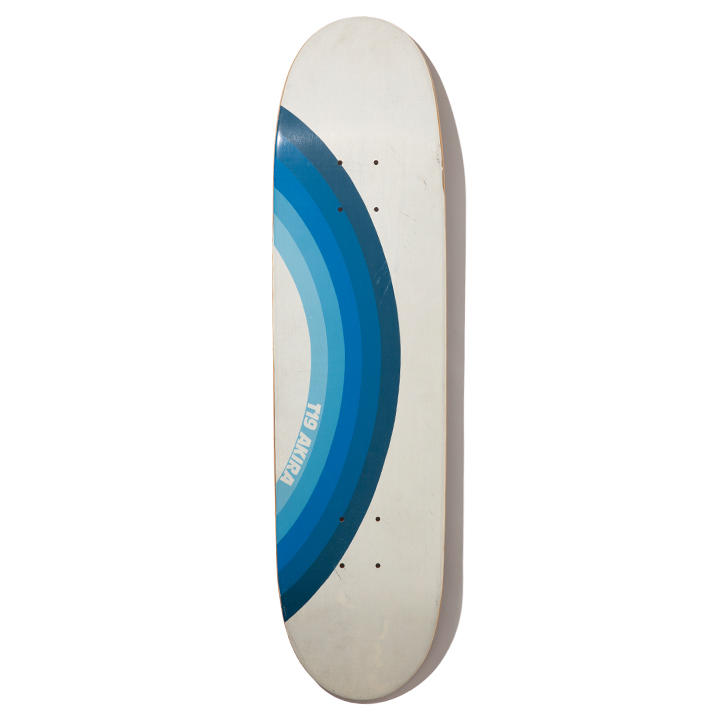
V: You dislocated your shoulder in two seconds, but after that you dominated contests in Japan. I'm sure you've won more trophies than you can count.
A: I was just a kid so I gave them to my mom. They were still at my her house. When I was cleaning my room as an adult, I found about four boxes of trophies (laughs). You know, there used to be street and mini ramp contest on the same day, so I'd win both. I was pretty tough.
V: Are there any contest in Japan that was memorable?
A: I was happy to have won the contest held in the parking lot outside Ascot in Osaka.
V: I remember that. You were doing back foot late flips on the hip.
A: I like that DIY vibes. Even if there is a hole in the obstacle during the contest, good skaters can charge while dodging the hole. You can move obstacles freely too. Nowadays, obstacles are all fixed, right? So you can think about tricks, but you don't need to be imaginative about what you skate. In the old days, we used to be able to change the course to your own style, like four people lying on the ground and ollie over them. It was like a musical (laughs).
V: You could choose music too.
A: Yeah. That's how I got into a fight with Saluda. I borrowed a Madonna cassette tape from him, but I forgot to bring it with me on the day of the contest. He wanted to play Madonna on his run. He was super mad (laughs). That's how important music was to get you hyped. At old NSA contests, people would play their own tapes. That's why the videos from those contest have good background music even without editing.
V: Maybe there was more emphasis on skaters' personality and character.
A: That's how it was. Skaters from that generation have different styles. You remember the shitty ones like Rob Roskopp (laughs). There were a lot of people, but they all stood out.
V: In the '90s, you also skated in contests overseas. At that time, I had the impression that O-san was working to connect his riders with those overseas.
A: He wasn't the type to explain everything in detail. I think there were a lot of things he did that we didn't even know about. He just told us, "We're going to a contest." We went to Deluxe in SF together, and he talked to Tommy Guerrero and Jim Thiebaud and made arrangements for us to enter a contest.
V: That's Back to the City. You entered in '92 and '93, right?
A: The first one was a total disaster. Yoppi was the hero at that time, he was a pro at Slander.
V: And the next year in 1993, you had a good result. At that contest, all the top pros of the time were there. Did you ever feel intimidated?
A: I don't put in much information. I just skate because I want to. During practice, I was skating and Dave Duncan was like, "Akira! Akira!" Akira!" I as like, "Oh man. He's calling my name. I must be really cool." Then O-san yelled at me. "It's not your turn!" You know, I don't understand English (laughs). I just got carried away and couldn't stop skating.
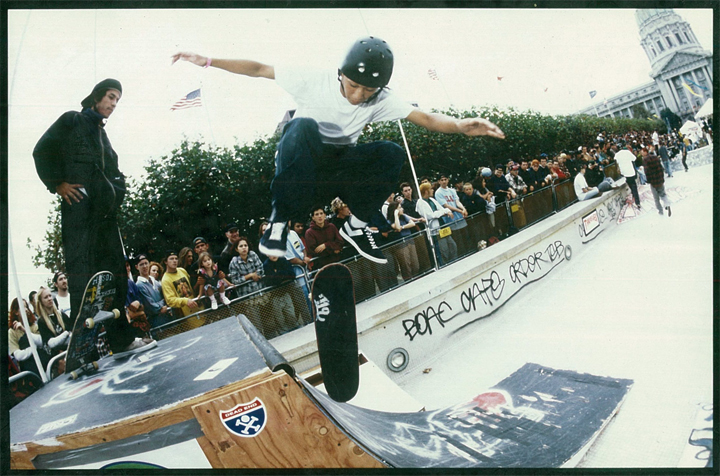
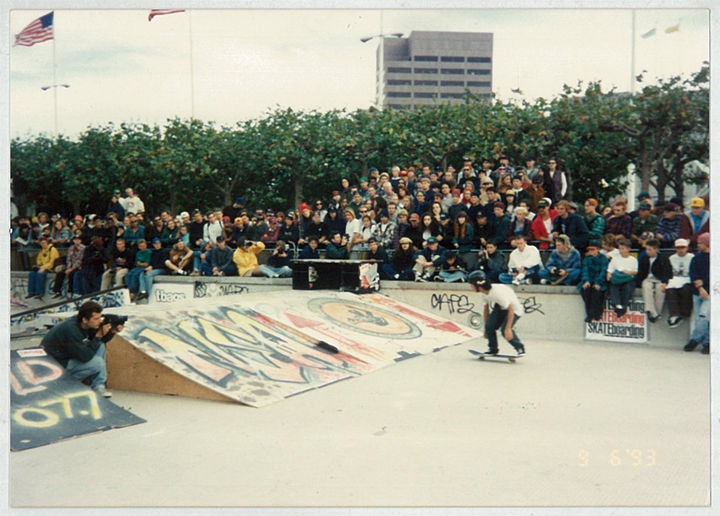
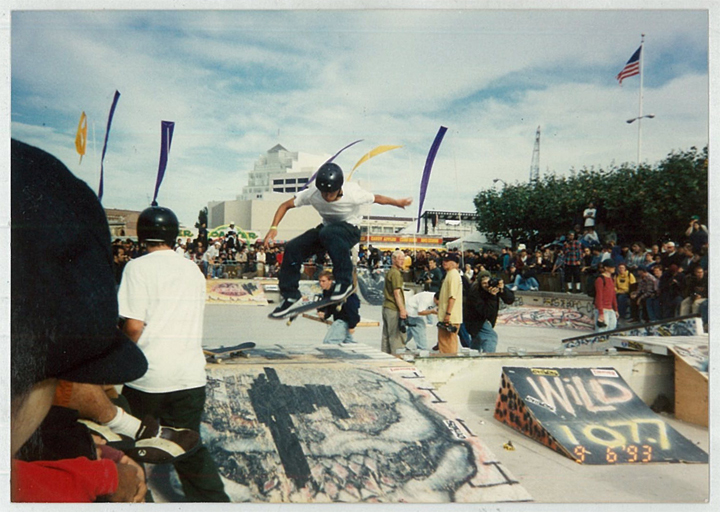
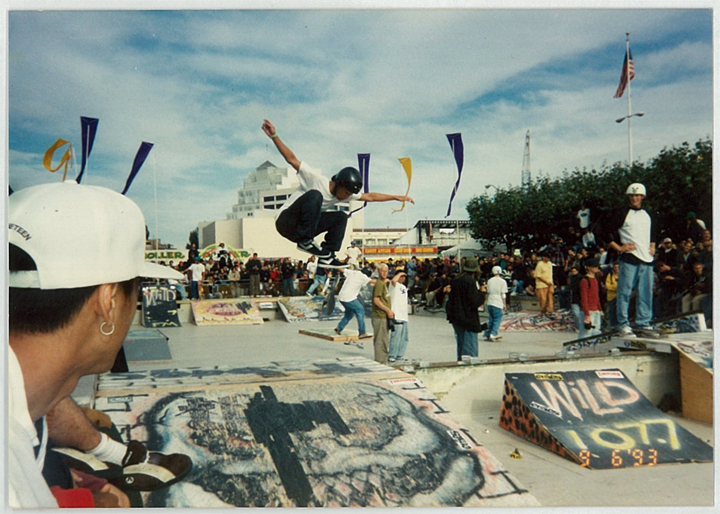
V: In the same year, you finished 9th at the Venice Beach PSL contest.
A: The conditions were horrible. The ground was super rough. Saluda hit his head in the qualifying and I rolled my ankle. O-san was cooling Saluda's head and my ankle, and I found out that I qualified. I was so excited that I just went out and skated the final with a bad ankle.
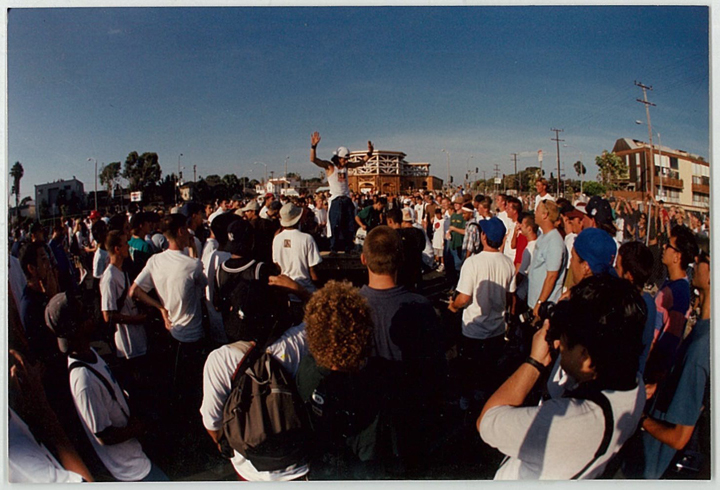
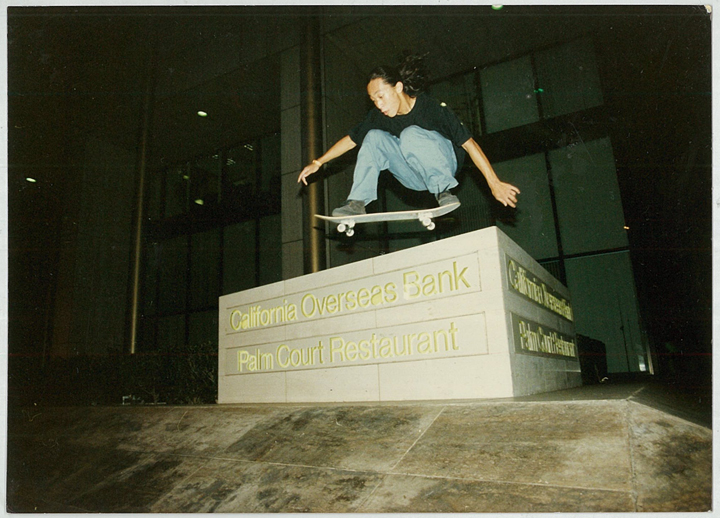
V: I remember there was an article in Big Brother saying, "Akira Ozawa. Alley-oop f/s 360's over the hip and a blunt to kickflip over the spine." Back then, T19 was well versed not only in skating but also in various street cultures.
A: Well, we probably wanted to do everything we wanted. If we din't have it, made it. That's why you can make up for all the things you want to do with a group of like-minded people. That was fun.
V: How did LOVELY start?
A: Akeem and I found a local print shop. It's all about momentum, right? "How come there aren't magazines we want to see?" That's how it was. At the time, there was only Dictionary, BARFOUT! and Riddim. So we just made one.
V: I had the impression that LOVELY was the best part of Tokyo's skate scene at that time. And even people like Futura and Bobbito were in it.
A: That's all Akeem. The Stretch & Bobbito interview is crazy when you think about it now. It was ahead of the time. The logo on the second half of LOVELY is made by HAZE. Kenny lived in LA for a long time and was good friends with HAZE.
V: Watching from the outside, it was a mystery to me how you guys were able to make such amazing connections.
A: We were doing whatever we wanted without calculating. Thanks to that, my thing didn't last long as a job. But maybe that was a good thing. Because we weren't thinking only about business, we all had good vibes. Well, that's the fragile part, I guess. We were doing what we loved, so we were 100 percent pure. It was fun.
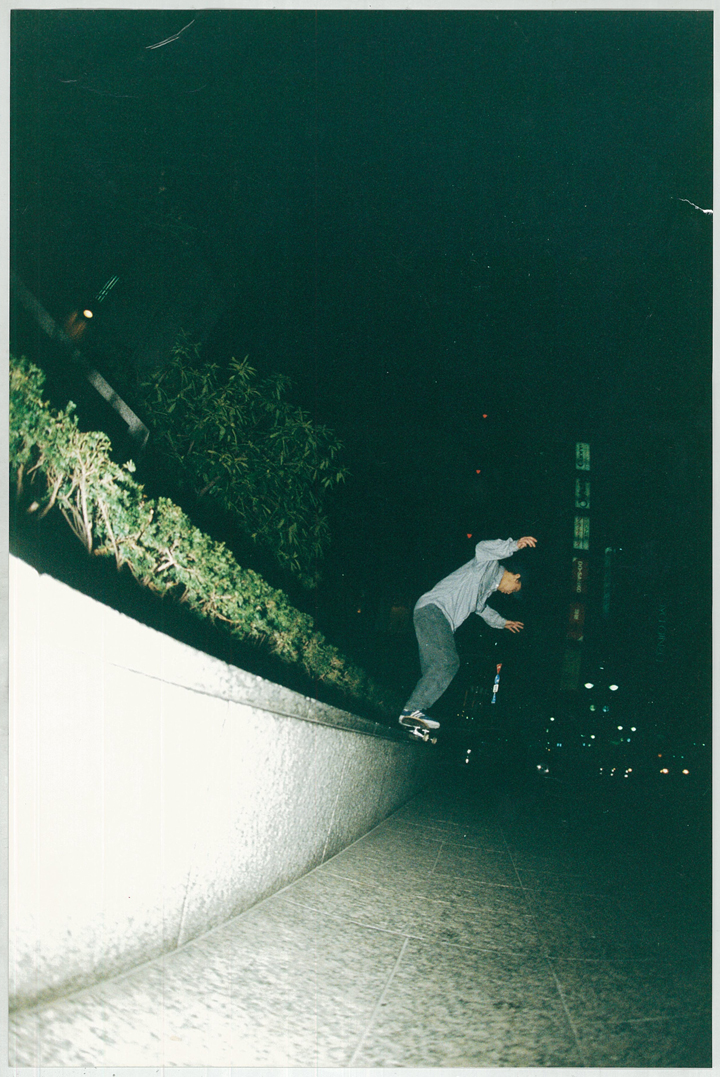
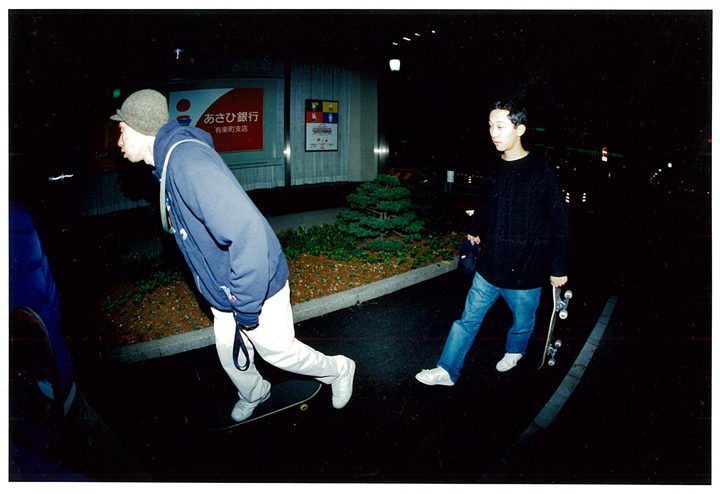
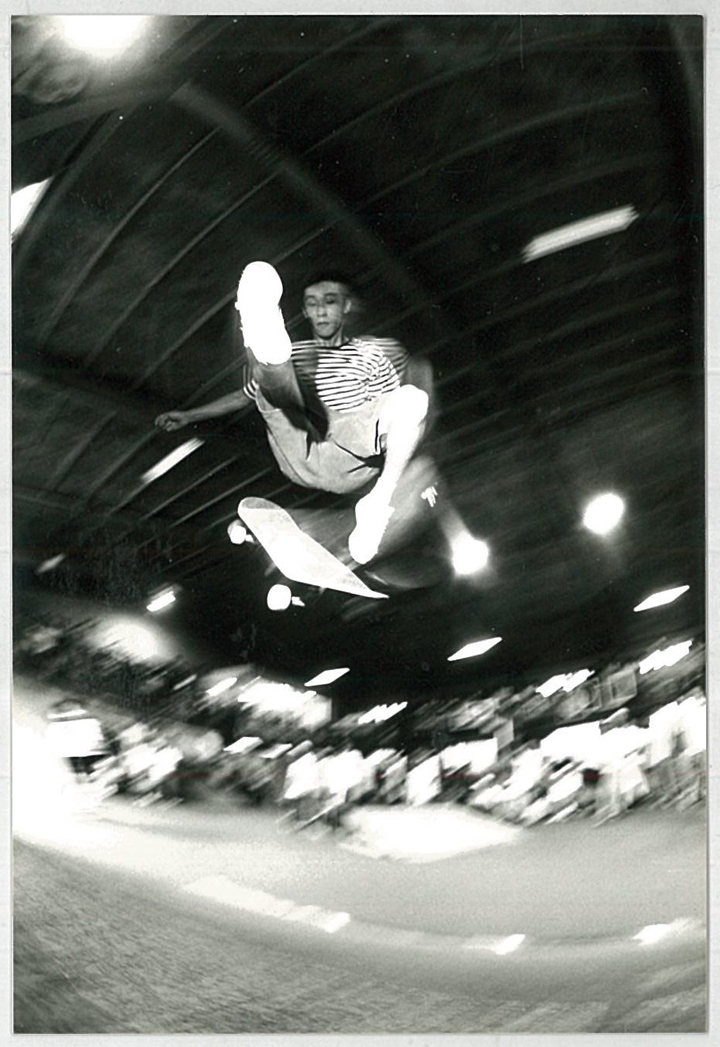
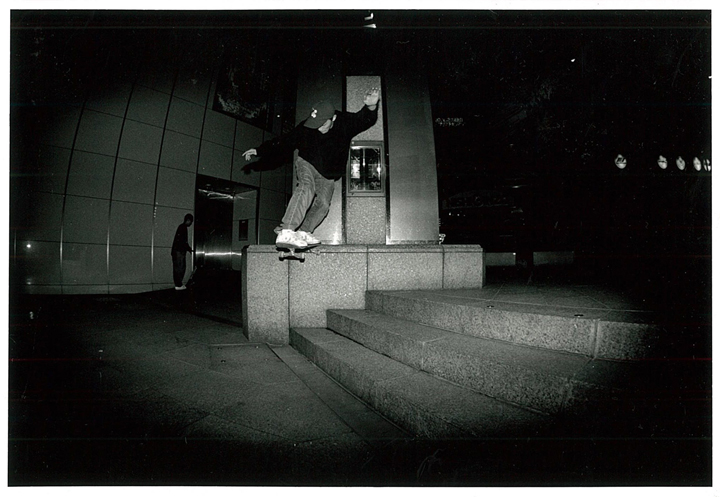
V: You guys were all making clothes too. You had a brand called Medorra. It was a sophisticated style that incorporated stripes, and it wasn't like what you would call a skater style.
A: That's right. I didn't like the fact that everyone looked like skaters. We were hanging out at clubs, we weren't just skating. That's why I wore Wallabees to contests (laughs).
V: You were also riding a track bike from an early stage.
A: But it was Jesse who was the first one on board. All the people in Asakusa were riding track bikes too. I bought a road bike when I lost my driver's license, and Jesse was riding a simple bike. I got hooked on it and started entering contests. I was learning tricks too.
V: In the end, the people at T19 are at the forefront of a trend, or rather, they sparked something new.
A: I think we were just doing what we were passionate about. If we weren't passionate about it, we would've quit. If we wanted to make a business out of it, we could, but I don't think we were forcing ourselves to do things we didn't like.
V: Now that O-san passed away, what's going to happen with T19?
A: I wonder what's going to happen. Every time I visit his grave, I email up there and ask him. He never replies (laughs). But I don't even have a team model to ride anymore. I've been riding team models and my own signatures for so long that I've become selfish... I can't ride other people's boards.
V: I'm sure many people will be stoked if T19 is back in action...
A: It's nice of you to say, but no one is actually skating hard. If we're skating as hard as we could, we probably would've been forced to bring it back. But there won't be any more boards for me to ride. There's been some talks about guest models but... that's not really the point.
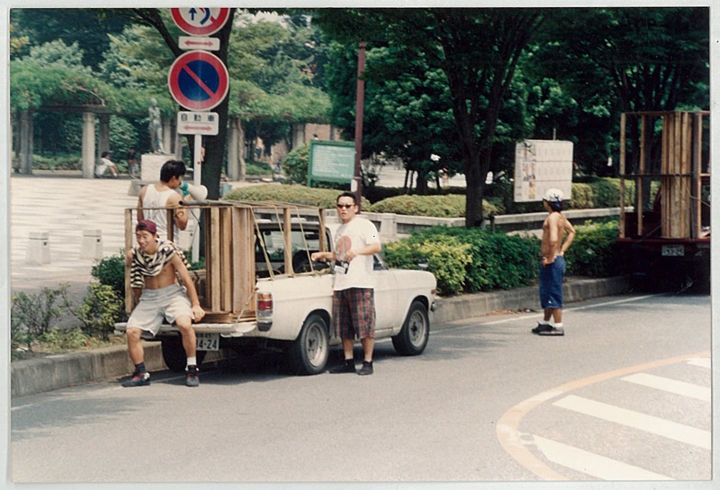
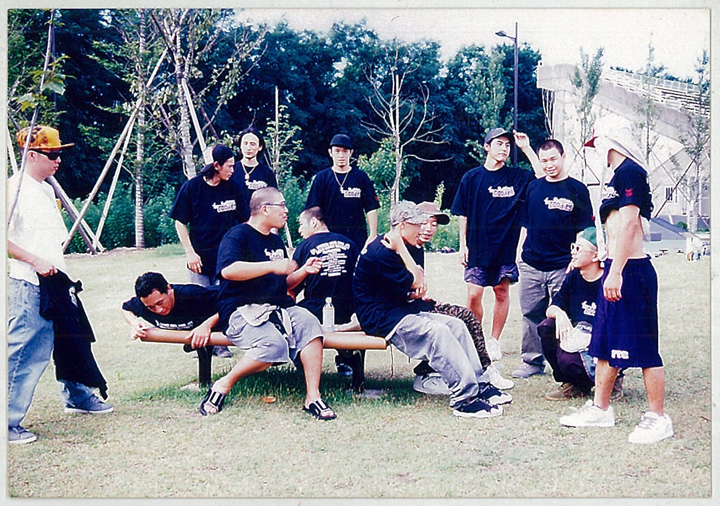
V: You're currently making a clothing line called TRAVIESO.
A: It means "naughty" in Spanish, and it's my feeling that O-san was the naughtiest of us all.
V: Before he passed, I visited him in his office and he showed me all the T19 decks he had made in the past. He told me, "T19 is fine as long as Akira is satisfied with it. That's all that matters."
A: Seriously. Oh, man. We've been through a lot, but we've all been together as T19 since we were kids. We're inseparable. We're like a family.
V: Okay, let's wrap this up. Last words?
A: Everything I've said so far is a lie (laughs).
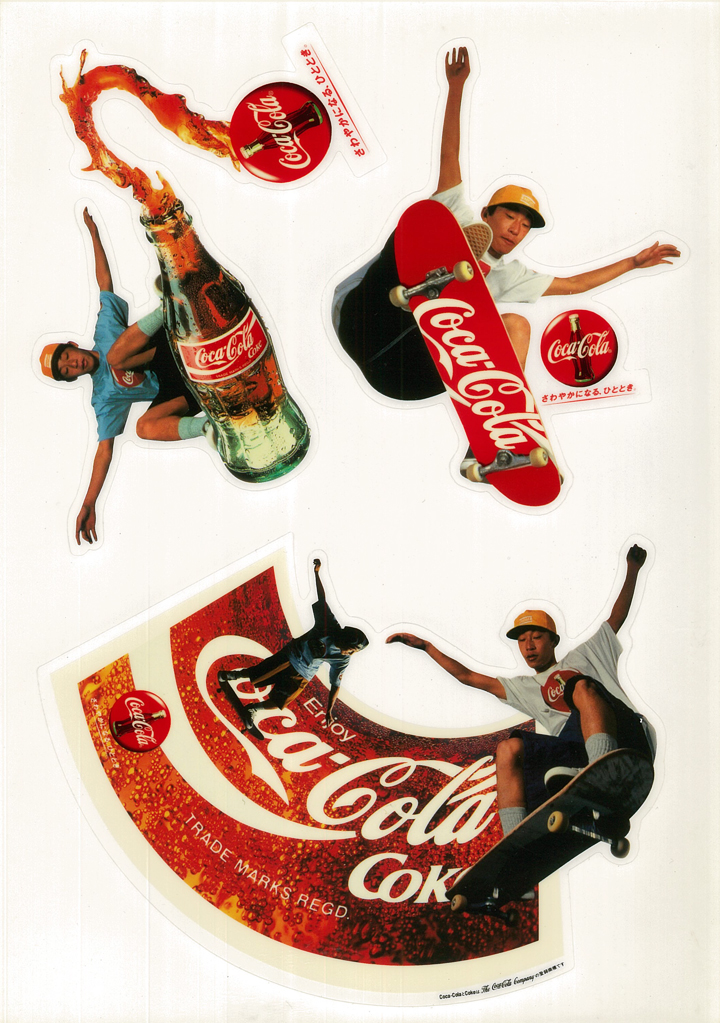
Akira Ozawa
@akirat19
Born in 1972 in Tokyo, Japan. He turned pro for T19 in 1991 and led the Tokyo street culture in the 90's while directing LOVELY and Medorra. Currently, he is the director of the apparel brand TRAVIESO.

